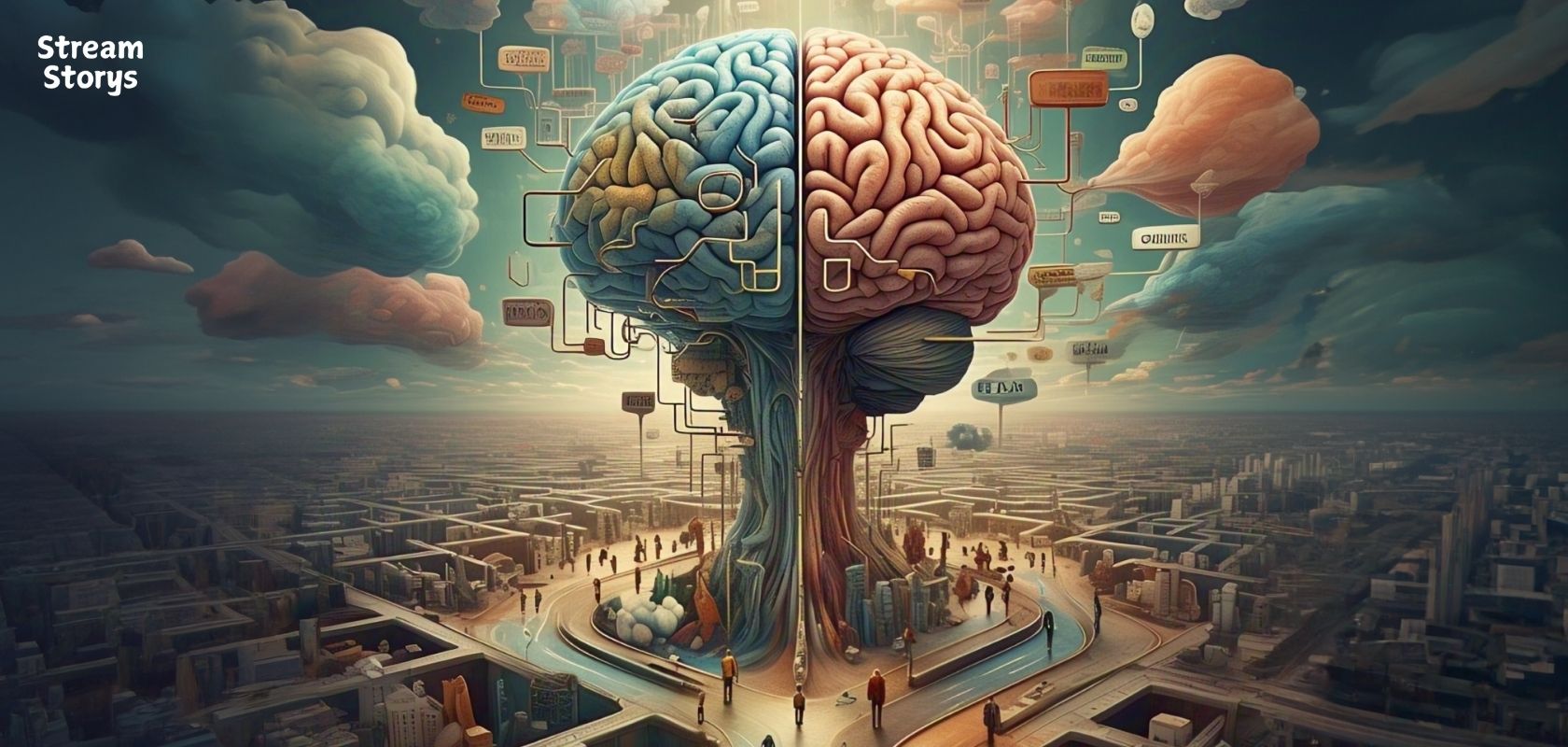
Decision Making
The psychology of decision-making is about understanding how we make choices in life, from what to eat for breakfast to bigger decisions like which job to take. It’s a fascinating mix of logic, emotions, and sometimes, even shortcuts that our brain takes to help us make decisions faster.
One of the first things to know is that we often use mental shortcuts, called heuristics, to make decisions quickly. For example, if you’re choosing between two brands of cereal and one is the most popular, you might choose it just because it’s well-known. This shortcut helps us avoid thinking too hard, but it doesn’t always lead to the best decision.
Then there are biases—things that can skew our judgment without us even realizing it. For instance, the confirmation bias makes us look for information that supports what we already believe, instead of being open to new ideas. Another common bias is anchoring, where we base our decision on the first piece of information we get, even if it's not the most relevant. These biases can affect how we make decisions, often leading us to choose things that aren't necessarily the best for us.
When it comes to decision-making, there’s also the balance between rational and emotional thinking. Rational decisions are based on logic, like weighing the pros and cons of a situation. Emotional decisions, on the other hand, are influenced by how we feel in the moment. For example, you might choose to buy something because it makes you happy, even if you don’t need it. While emotions can help us make quick decisions, they can also lead us to make choices that we later regret.
It’s also important to understand how stress and time pressure affect decision-making. When we’re rushed or anxious, our brains often rely more on emotions and biases, which can lead to poor decisions. In calmer moments, we’re more likely to think things through logically.
In short, decision-making is a complex mix of quick shortcuts, biases, emotions, and logical thinking. Understanding how we make choices can help us make better ones, especially when we recognize when emotions or biases might be taking the lead.
Credits
Posters : Photoshop, Meta AI, Canva. Designed by Jessi Hemanth